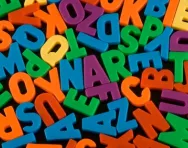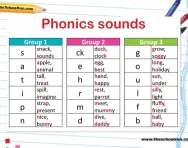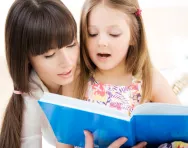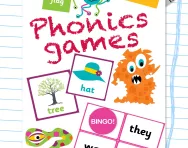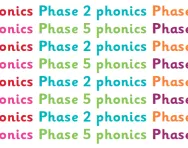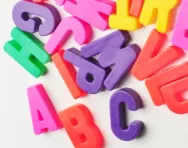Important update from TheSchoolRun
For the past 13 years, TheSchoolRun has been run by a small team of mums working from home, dedicated to providing quality educational resources to primary school parents. Unfortunately, rising supplier costs and falling revenue have made it impossible for us to continue operating, and we’ve had to make the difficult decision to close. The good news: We’ve arranged for another educational provider to take over many of our resources. These will be hosted on a new portal, where the content will be updated and expanded to support your child’s learning.
What this means for subscribers:
- Your subscription is still active, and for now, you can keep using the website as normal — just log in with your usual details to access all our articles and resources*.
- In a few months, all resources will move to the new portal. You’ll continue to have access there until your subscription ends. We’ll send you full details nearer the time.
- As a thank you for your support, we’ll also be sending you 16 primary school eBooks (worth £108.84) to download and keep.
A few changes to be aware of:
- The Learning Journey weekly email has ended, but your child’s plan will still be updated on your dashboard each Monday. Just log in to see the recommended worksheets.
- The 11+ weekly emails have now ended. We sent you all the remaining emails in the series at the end of March — please check your inbox (and spam folder) if you haven’t seen them. You can also follow the full programme here: 11+ Learning Journey.
If you have any questions, please contact us at [email protected]. Thank you for being part of our journey it’s been a privilege to support your family’s learning.
*If you need to reset your password, it will still work as usual. Please check your spam folder if the reset email doesn’t appear in your inbox.
What is a letter sound?

What is a letter sound?
Teachers often talk about children knowing their letter sounds. This literally means that when a child sees a letter, they are able to say what sound it makes.
By the end of Reception, children should be able to make the correct sound for each letter of the alphabet. They should know each letter in both its small and capital form.
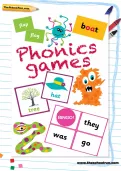
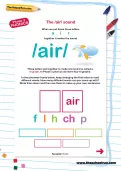
Your phonics support kit
- Step-by-step phonics programme
- Your guide to phonics
- Worksheets & games
Foundation Stage teachers usually have all the letters of the alphabet on display in the classroom, along with pictures of objects that begin with each letter. Some schools follow a teaching programme that involves learning a song for each letter of the alphabet.
Teachers will carry out various activities with the children to help them learn their letter sounds:
- Collecting or grouping pictures of objects that all start with a particular letter. A child may be given a piece of paper with the letter 'T' on it, then asked to look through a box full of pictures, picking out the pictures of objects that start with a 't'. They may be asked to look for objects at home starting with a certain letter.
- Singing alphabet songs to encourage children to match a spoken sound with a written letter. A really good one is 'If you're happy and you know it' which can be adapted to any letter of the alphabet. For example: if you are learning the letter 'y' you can sing: 'If you're happy and you know it, yawn like me'. This could be accompanied by the teacher pointing to the letter 'y' on the board and the children miming yawning.
- Some teachers may have large models of letters that they can play whole class games with, for example: they may get the children to sit in a circle and then put various objects in the middle. They may choose one child to hold a letter and then see if they can pick out the object in the middle that starts with that letter.
- Activities on the computer that involve children hearing letter sounds and picking them from a list, or being given a picture and being asked to choose the letter that object starts with.
Once children have learnt their letter sounds they will then start to write the letters themselves. Teachers may carry out the following activities to support this learning:
- Encouraging children to write a certain letter with their finger in a sand tray. This can be a good activity to do with children before you encourage them to pick up a pen and start writing. It can also be good for children who find gripping a pen difficult.
- Giving children a lined piece of paper or lined mini-whiteboard with a particular letter written on it. Children need to copy the letter a few times, making sure they are forming it correctly and keeping it on the line.

